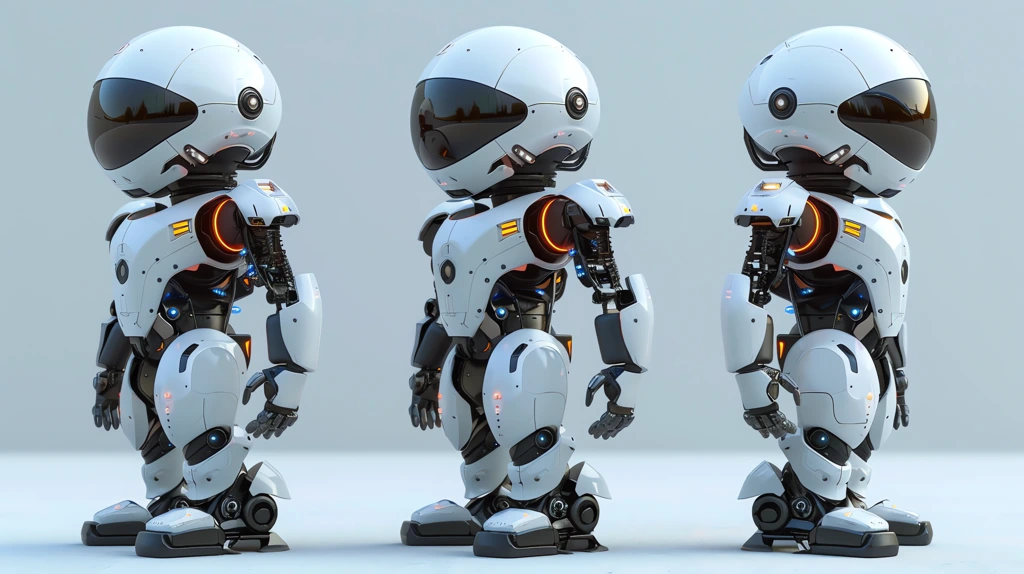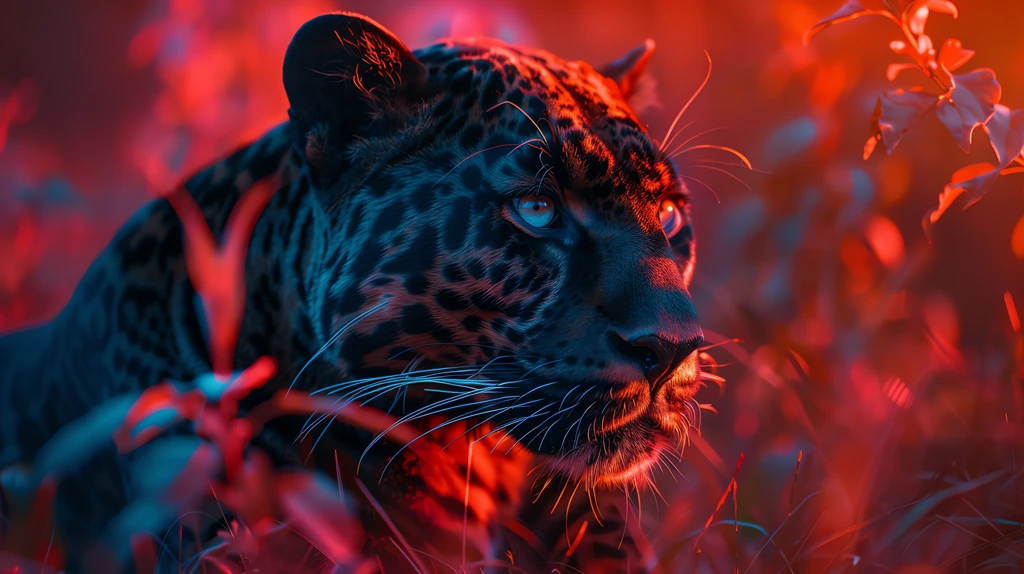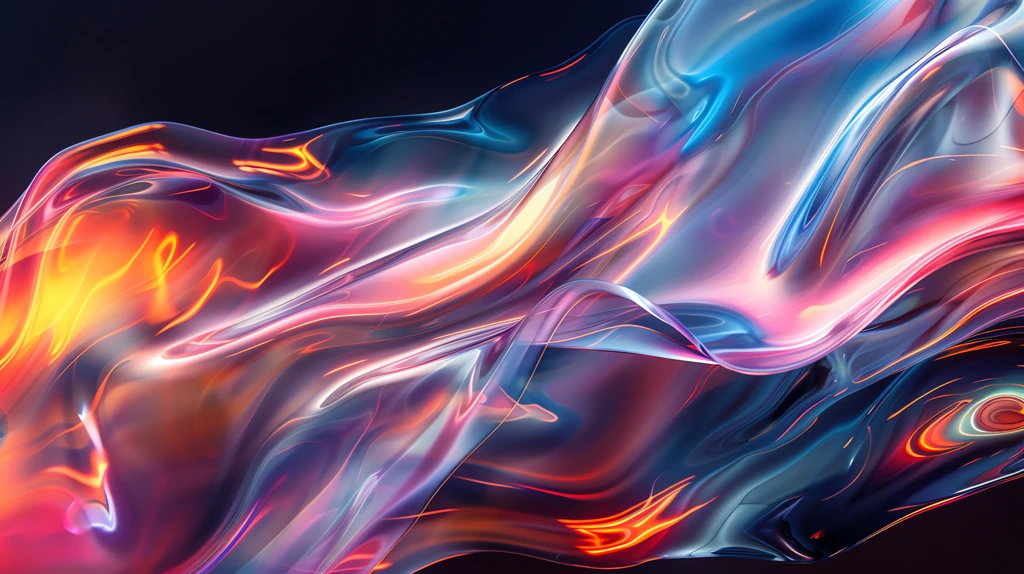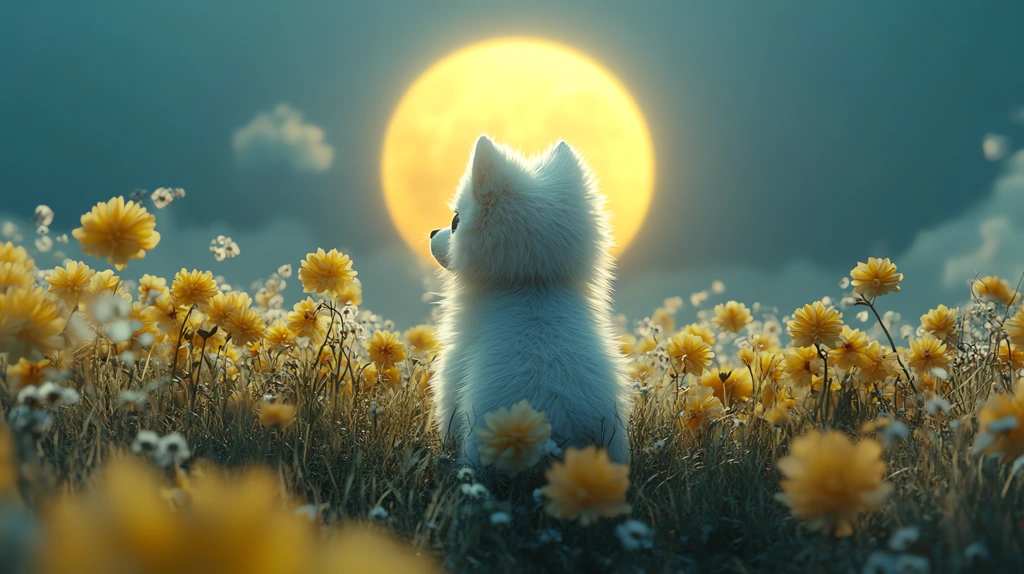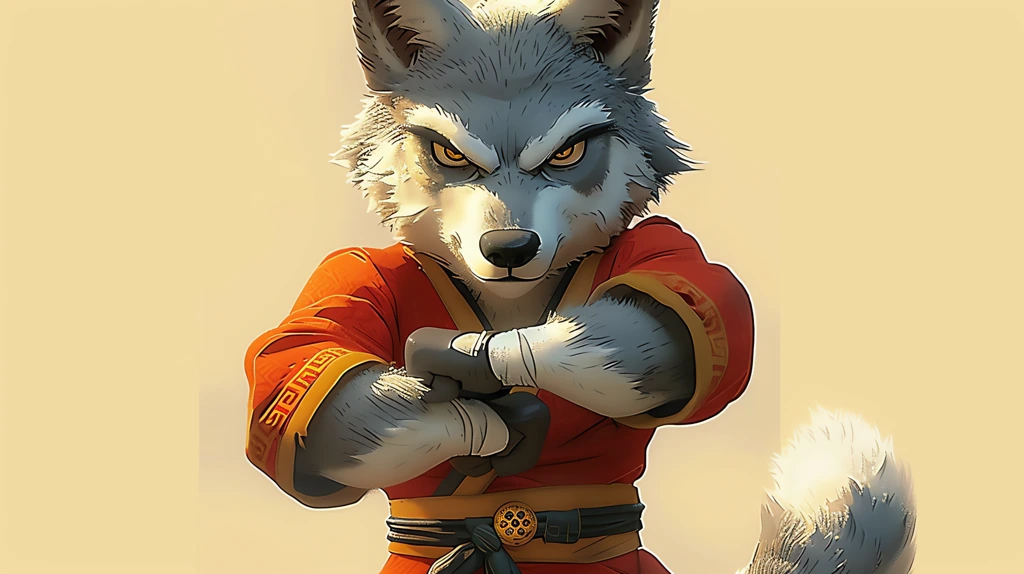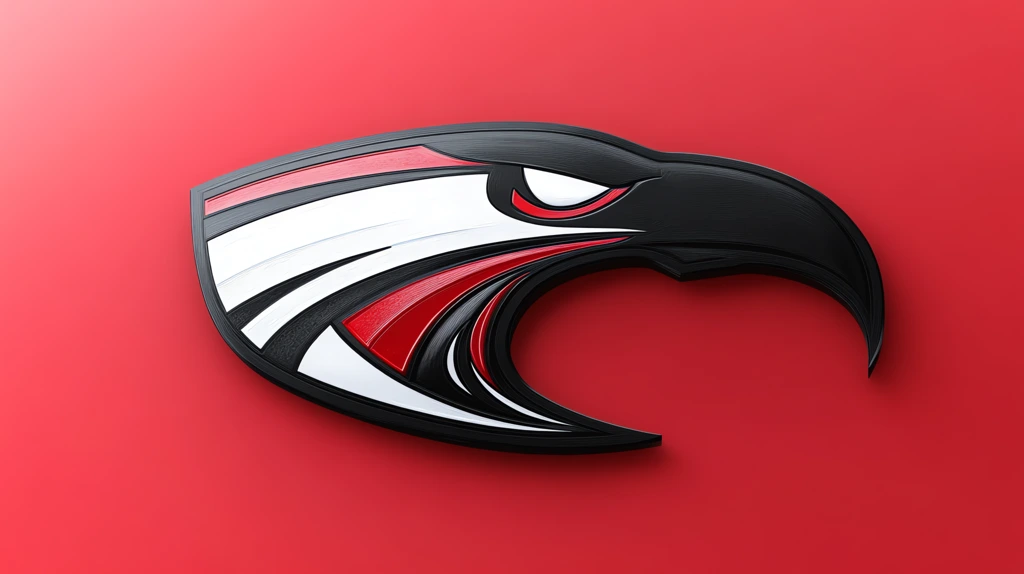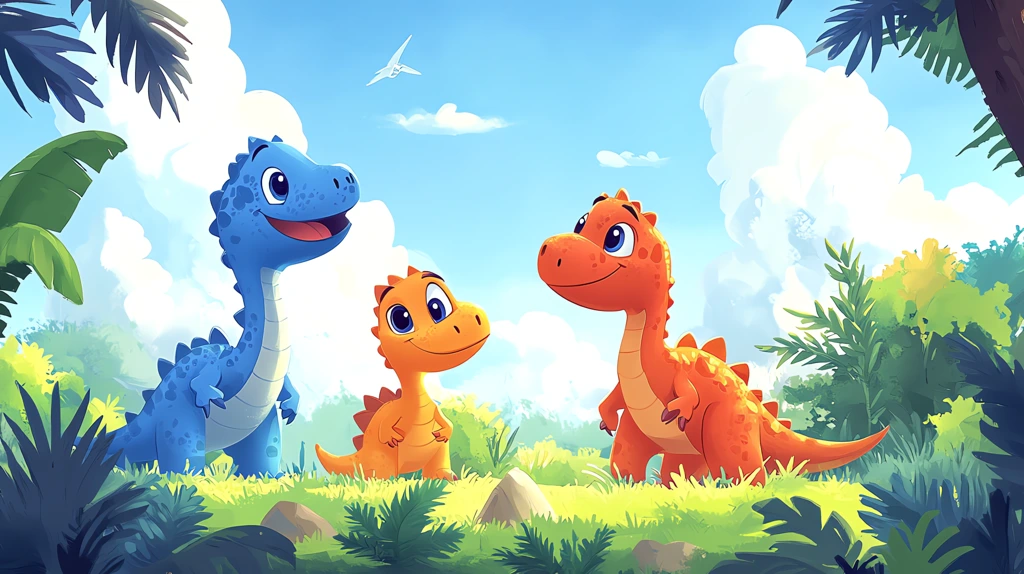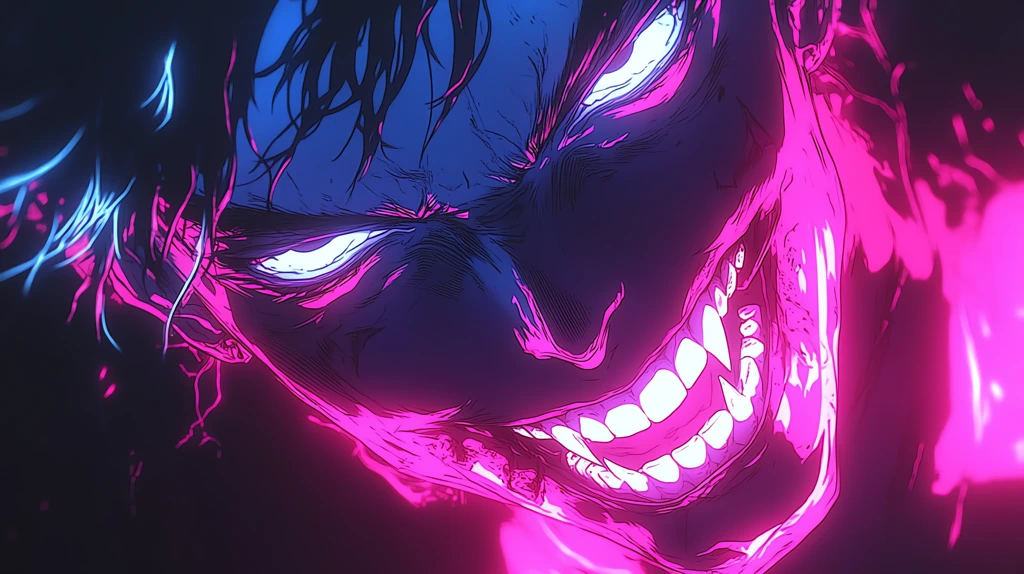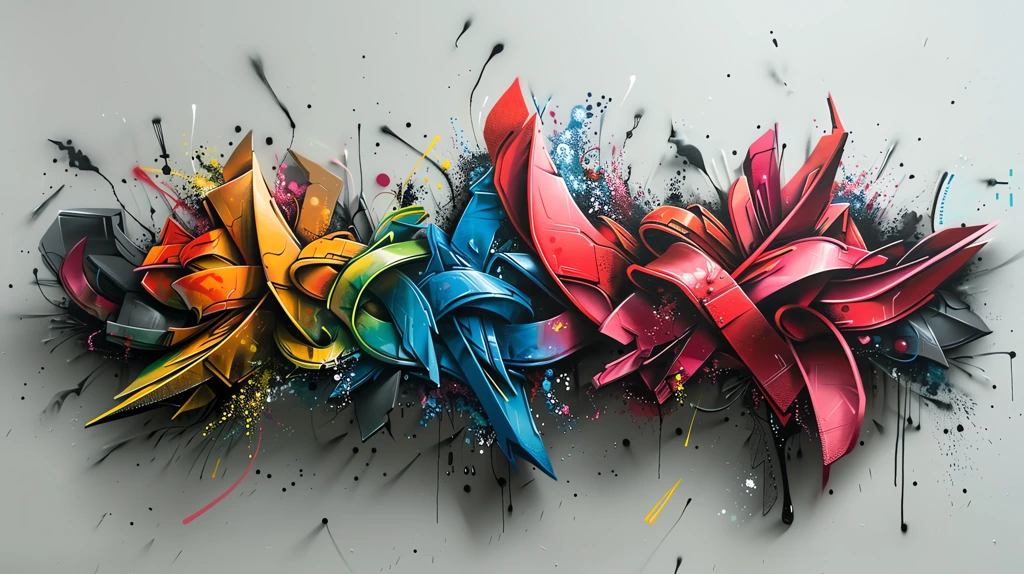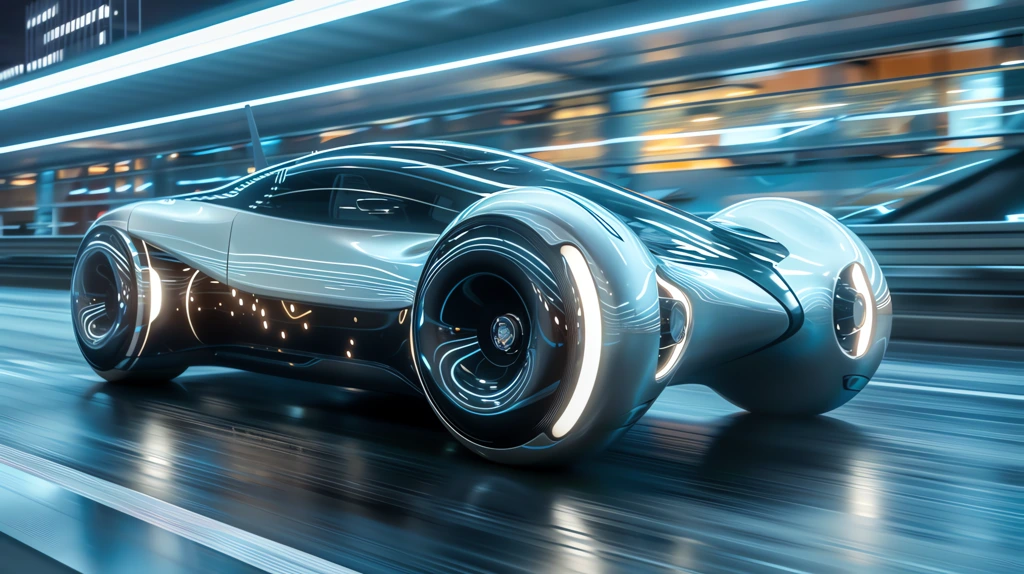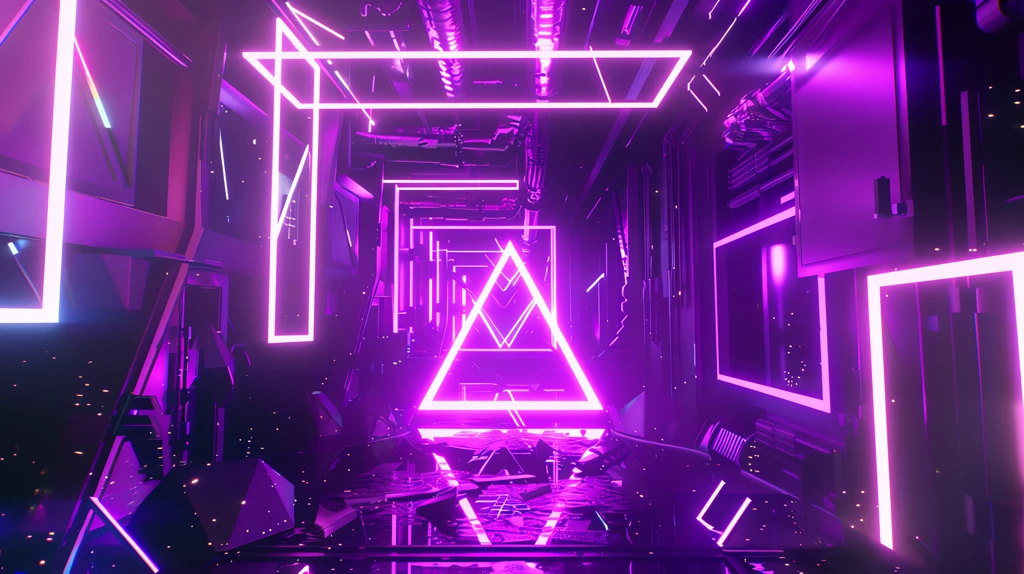4K Desktop Wallpaper
Resolution: 3840 x 2160 pixels
Aspect Ratio: 16:9
File Format: JPG
In the realm of robotics, design and functionality intertwine to create machines that can perform a multitude of tasks. When it comes to conceptualizing a robot, the process often begins with illustrative techniques that break down the complexities of the machine into more manageable components. One of the most effective methods to visualize this intricate design is through three-dimensional drawings that offer multiple perspectives of a robot’s structure.
A three-view drawing typically includes the front, side, and top views of the robot, allowing designers and engineers to analyze every angle of the robotic structure comprehensively. This method not only aids in understanding spatial relationships and proportions but also provides a clear roadmap for the construction process. Such illustrations serve as blueprints for the physical manifestation of the robot, ensuring that every component aligns perfectly with the intended functionality.
Now, let’s delve into the critical aspect of robot design: the incorporation of sensors. Robots rely heavily on a variety of sensors to interact with their environment, making them capable of performing tasks autonomously or semi-autonomously. From cameras and ultrasonic sensors that facilitate obstacle detection to temperature and pressure sensors that enable environmental monitoring, these components are fundamental to a robot’s intelligence.
As designers sketch out their three-view drawings, they must strategically place these sensors within the blueprint to ensure optimal performance. For instance, positioning a camera at eye-level within a robot can enhance its ability to navigate complex spaces. Moreover, understanding the different types of sensors, including LiDAR for mapping and depth perception, is vital during the design phase, as it influences the overall architecture of the robot.
The artistic representation of these designs has also evolved, and the demand for aesthetically pleasing visuals is on the rise. Desktop wallpaper featuring robotic designs in stunning 4K resolution brings together both technical detail and artistic expression. High-definition imagery allows one to appreciate the intricacies of a robot’s design, elevating the viewer’s understanding of the engineering behind it. These wallpapers can inspire aspiring engineers, igniting their passion for robotics and design.
Moreover, the tactile nature of these designs encourages educational exploration. Students and robotics enthusiasts alike can benefit from access to high-quality illustrations that serve as both an educational resource and a visual inspiration. By immersing themselves in these detailed representations, learners can cultivate a deeper appreciation for both the art and science of robotic design, exploring how each sensor fits seamlessly into the robot’s aesthetic and mechanical design.
In conclusion, the intersection of practical robot design, illustrative techniques, and advanced sensor technology is a fascinating area of exploration. Three-view drawings serve as a bridge between conceptualization and reality, providing an indispensable tool for designers and engineers. The fusion of art and engineering in the form of desktop wallpapers not only serves to beautify our digital spaces but also fosters a culture of innovation in the ever-evolving field of robotics. Whether you are a hobbyist or a seasoned professional, embracing these artistic and technical elements can unlock new possibilities in the world of robotic design.
